The earliest ancestor I know of was Cornelis Vanhoorne (1695-1744), literally Cornelis from Hoorne.
When I was near I took the opportunity to visit.
Approaching Hoorn.
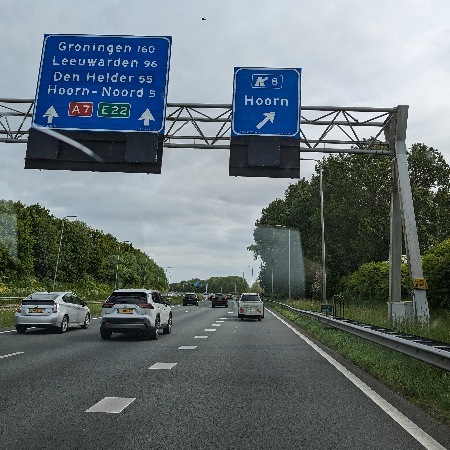
As we approached we noticed this Home store complex.
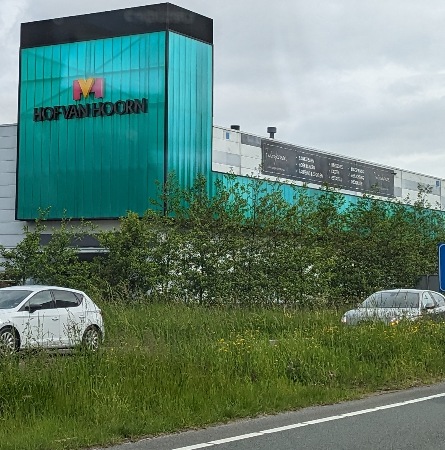
And then the town gate.
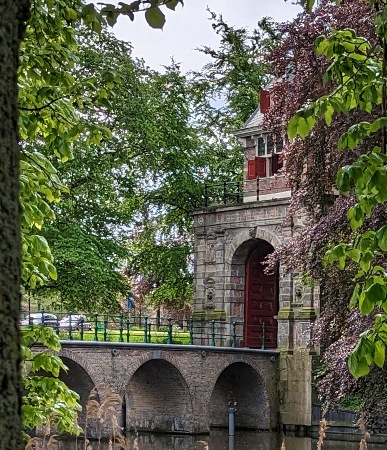
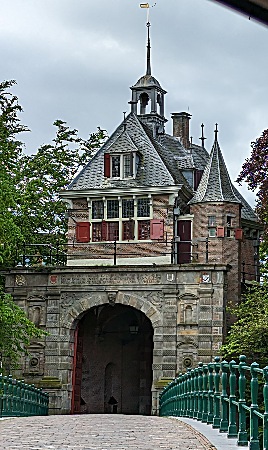
And from the city side of the gate.

Inside we found a home with a garden with some flowers.
Varieties of Photonia and Geranium.
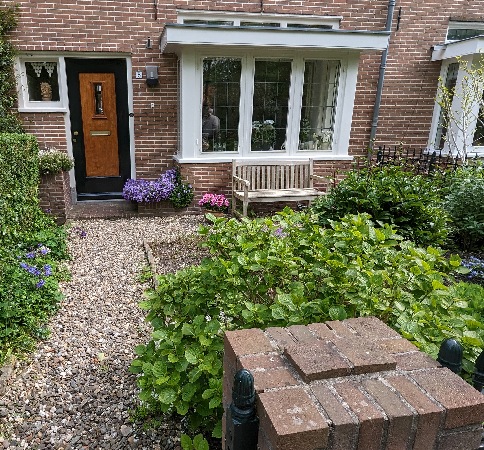
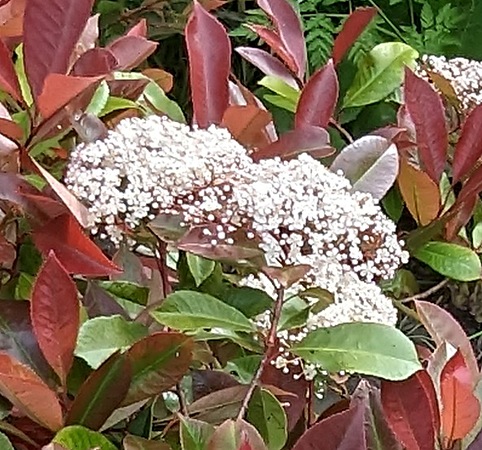
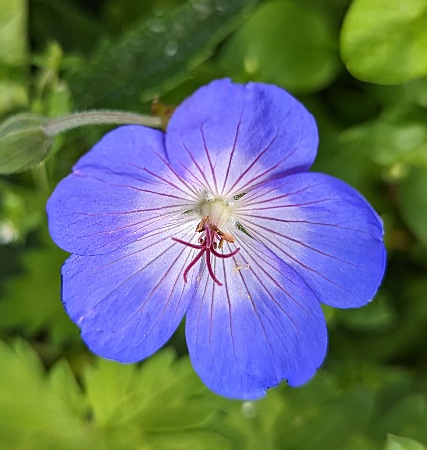
A little further on was this home.
A plaque on it caught my attention.
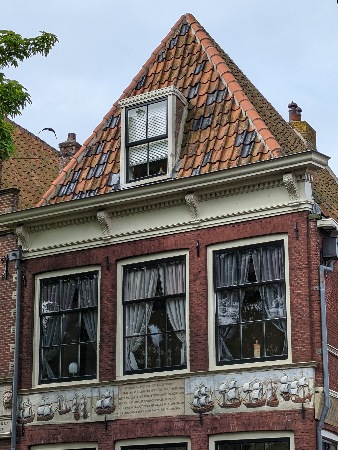
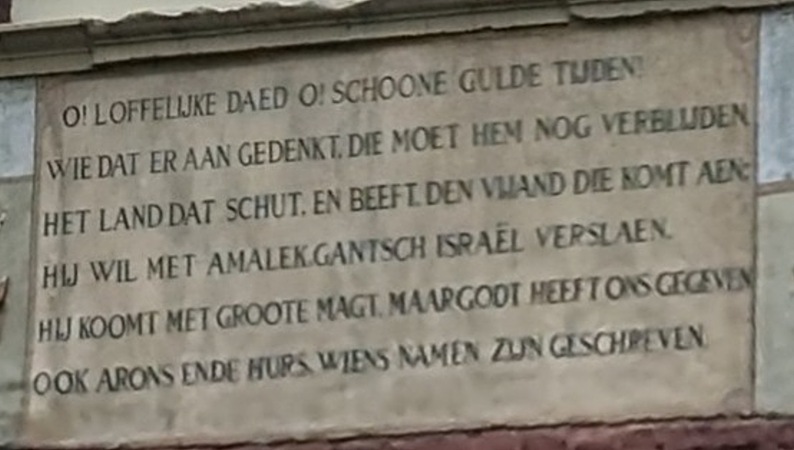
Here is a translation courtesy of Google.
It refers to a battle reported in Exodus where Israelites triumphed over the Amalekites.
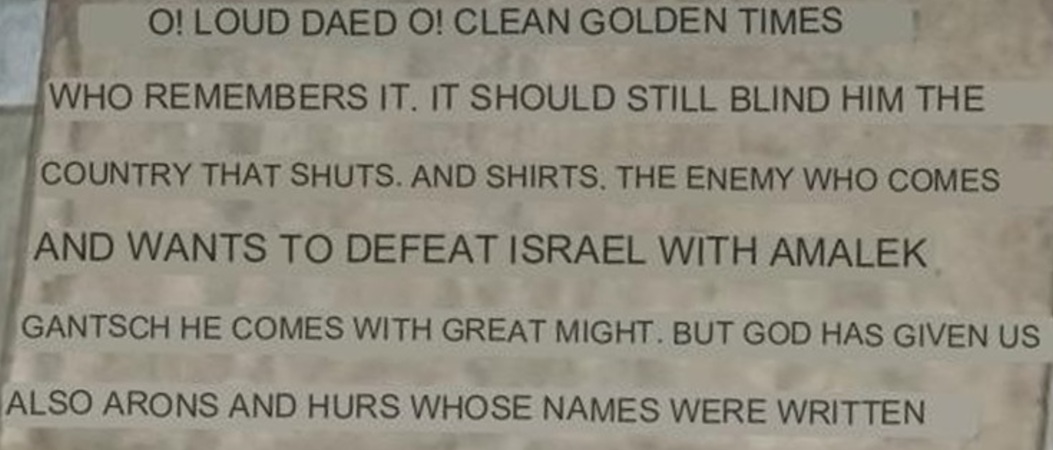
Several groups of cyclists passed as we walked along.
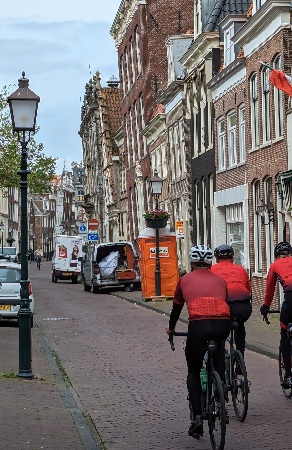
This ornate building is the Westfriesmuseum
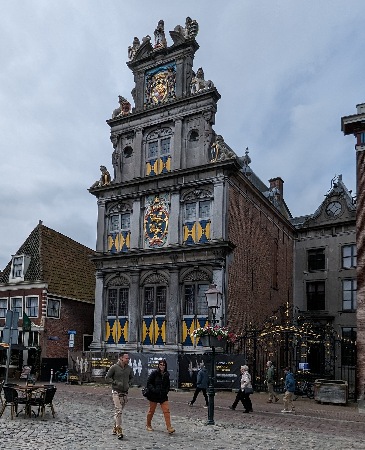
Church of Saint Cyriacus and Franciscus and yet another church or two.
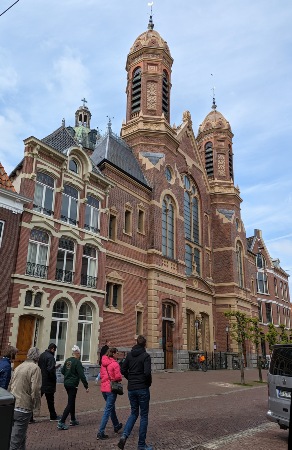
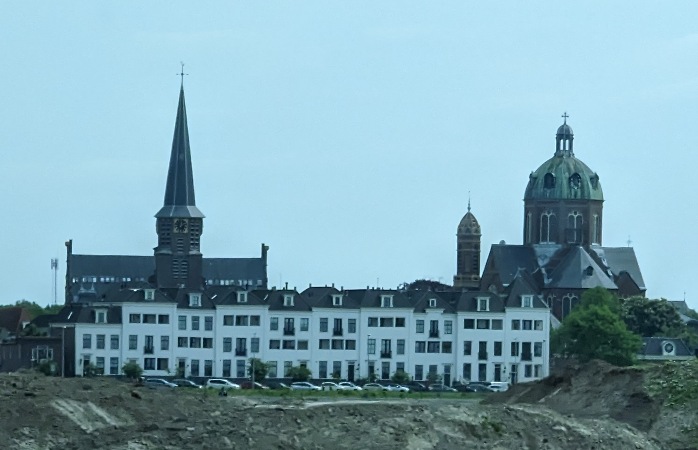
In the city square is a statue honoring Jan Piterszoon Coen Governor-General of the Dutch East India Company.
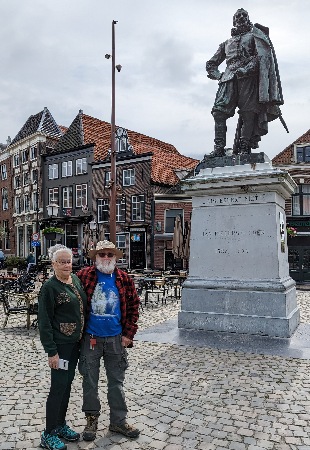
A war memorial statue by Truus Menger-Oversteegen along a side street.
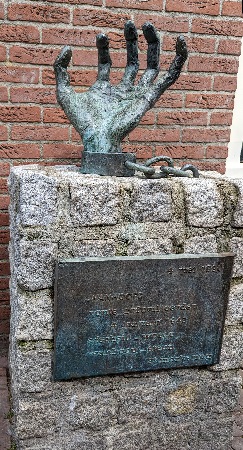
Now through the countryside toward the town of Edam.
With our traveling companions.
Jim, Janet, David
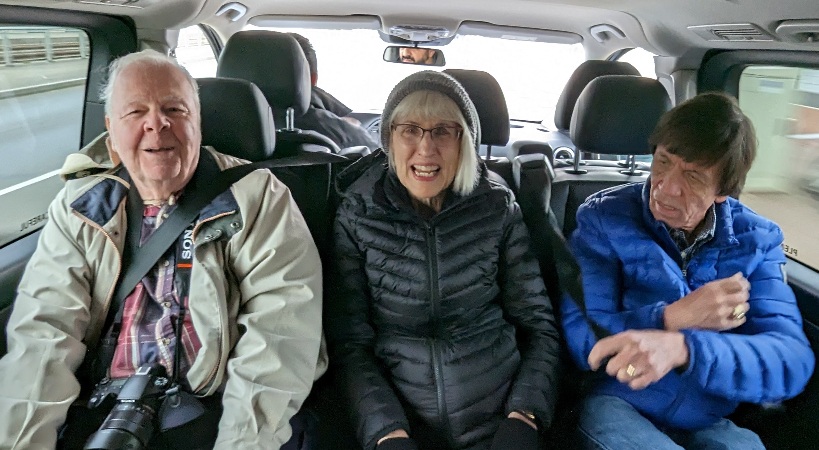
Linda, Alan, Nancy.
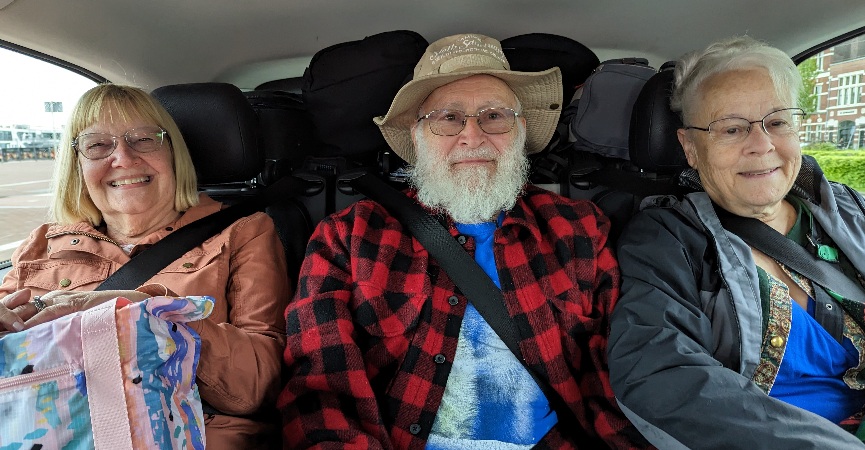
We saw these modern windmills as we were traveling between towns.
Ones like these and others located offshore produce about 40% if the nation's electricity.
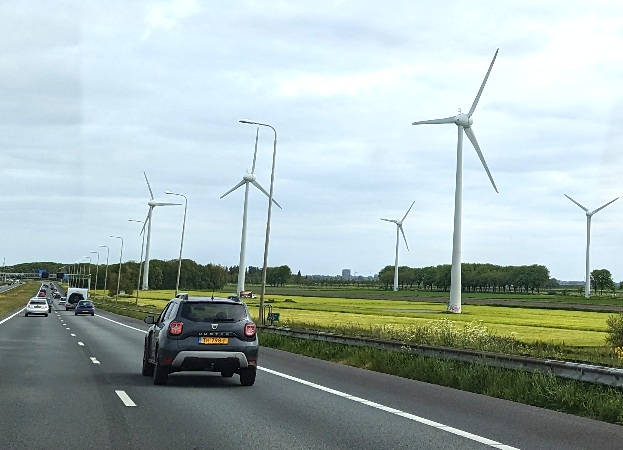
In Edam you will of course find cheese.
This shop caught our eye.
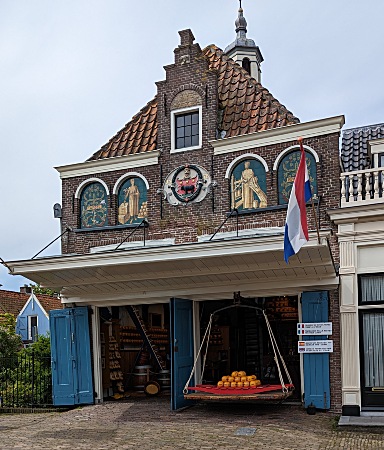
Inside it was clear that it could still be used with the standard weights on the bottom right of the shelves.
The ropes and pulleys along the track above it allow it to be moved in and out of the shop.
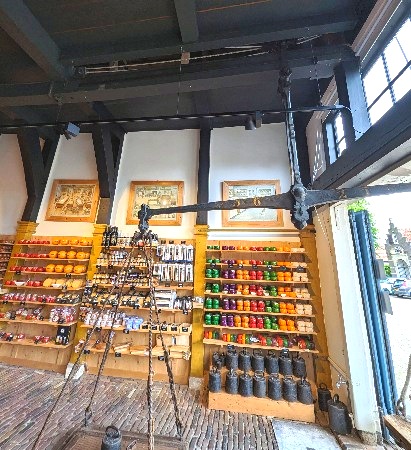
This scale was previously used to ensure the customer was getting what he was paying for.
Now it is just used to display the wares in this shop/museum.
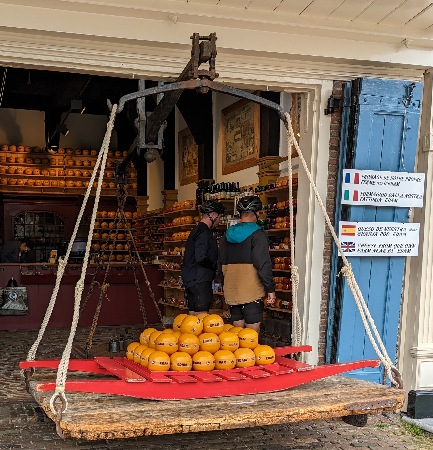
It is still a working scale
Inside they have a collection of the tools used to make cheese in the old way.
First milk is brought in cans like the ones on the upper left and right of this picture.
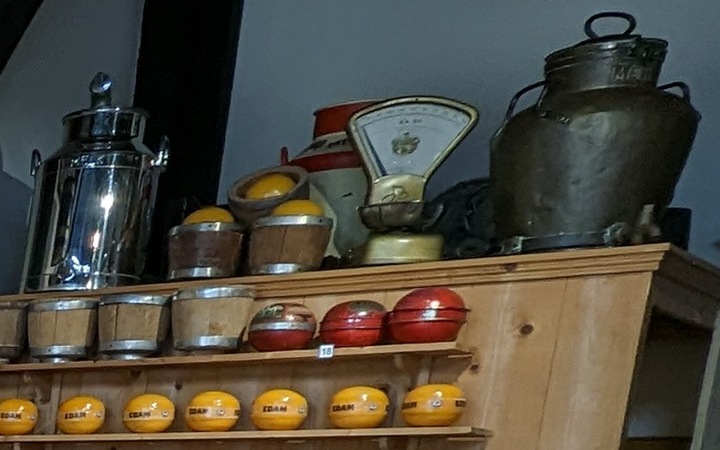
The milk is heated to approximately 30C (86F) and put in a tub like this.
Add cheese culture and rennet to curdle the milk.
Wait about 30 minutes and then pull the curd cutter (#5) through the mix to break it up so the curds (solids) and whey (liquid) separate.
You can now tip the tub to pour off most of the whey.
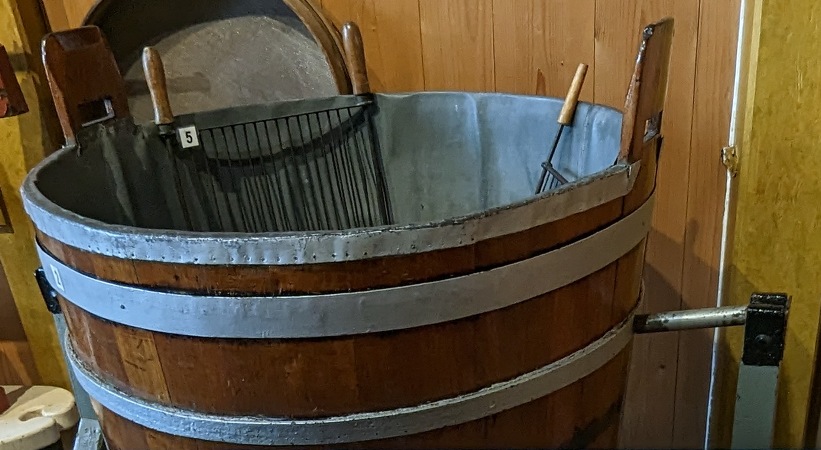
Here is a sample to show what the mix looks like with about 90% whey.
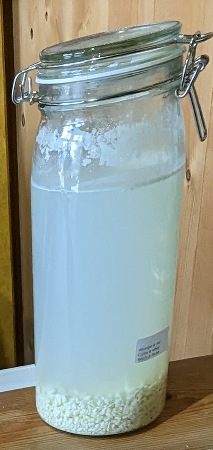
The curds are now transfered to molds, different shapes for each kind of cheese.
Number 6 is for the ball shaped Edam, #8 is for a square cheese called a hotel block.
Other shapes for Goude, Commisie, and Baby cheese.
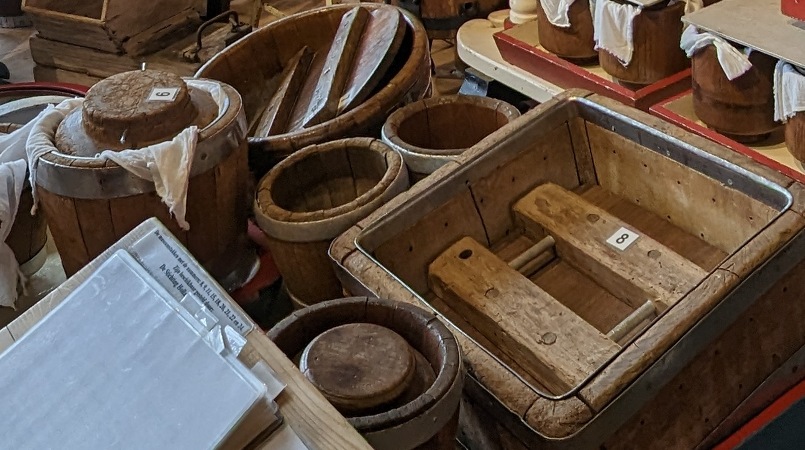
These molds are for large wheels of cheese like the one shown.
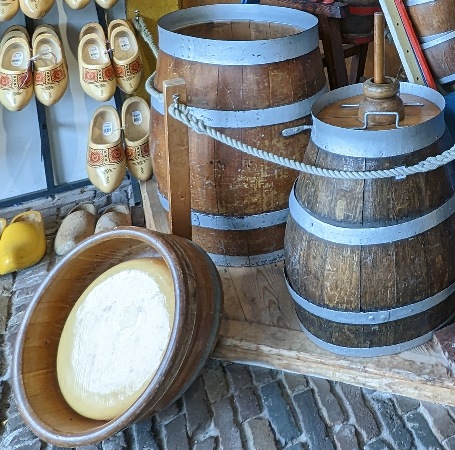
The molds now go into a cheese press for several hours to force more of the water out.
They had two kinds on display. Number 11 is a North Holland press and the tall one #12 is a Edam cheese drain press.


Next the cheese goes into a brine bath (the white tub) for 12 hours to 2 days depending on the size of the cheese.
This bath is important for the rind, the taste and the preservation of the cheese.
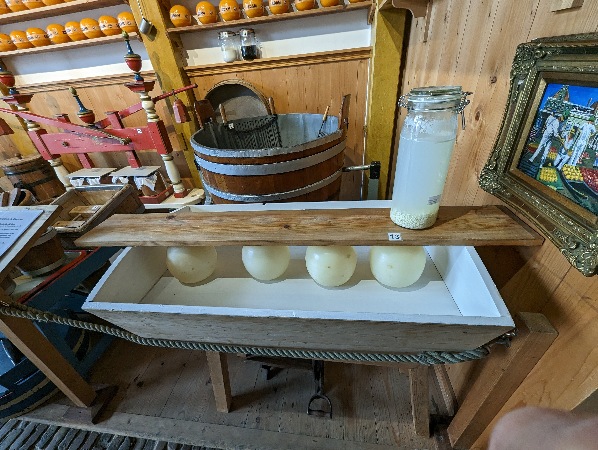
From the bath it is placed on open wooden shelves to dry further.
They are turned several times to make sure the process is even.
Then they are coated with plastic or linseed oil in the old days and left to ripen/mature.
At one month the cheese can be eaten but is considered young, at four months it is mature and sharper.
This machine was used to remove the linseed oil coating from Edam cheeses.
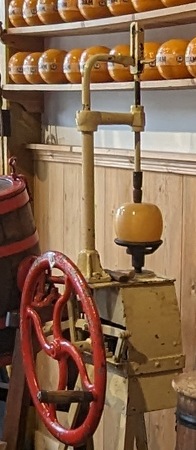
This one is apparently to mark radial lines on large wheels of cheese.
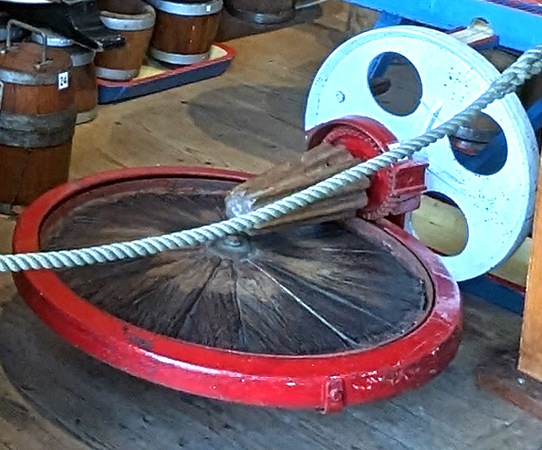
I'm not certain what the next two items were for.
This barrel may be another way to pour the whey off the curd.
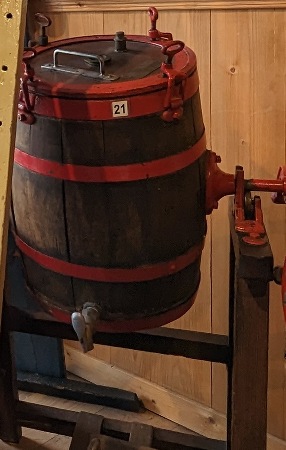
And I have no idea what this one is for.
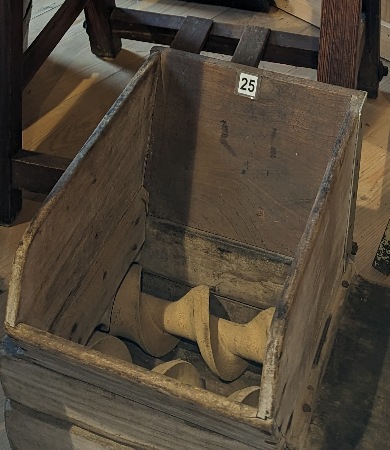
And finally two pictures showing all of the very compact museum.
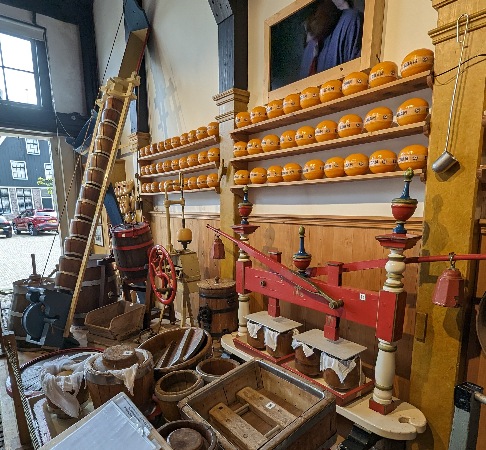
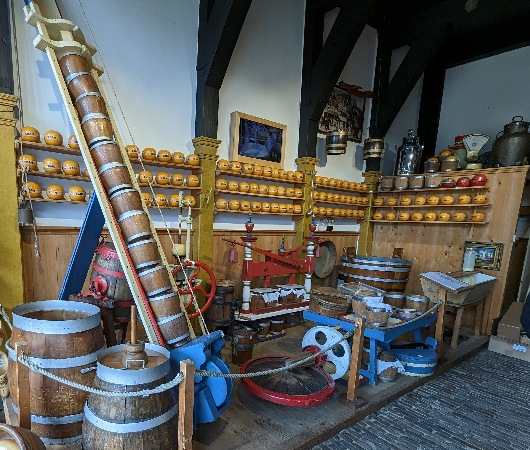
This sculpture shows how deliveries were made in years past.
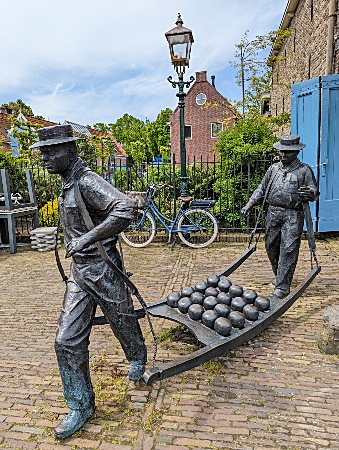
On toward our next stop.
We passed this little pond in a park.
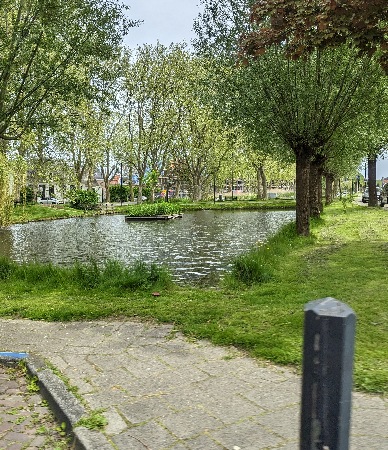
And this town square.
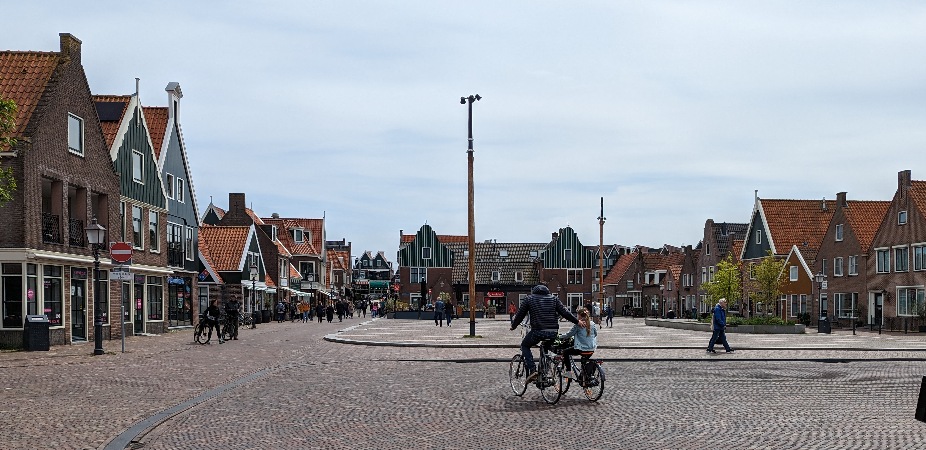
A pleasant walk along the Volendam waterfront we met some locals.
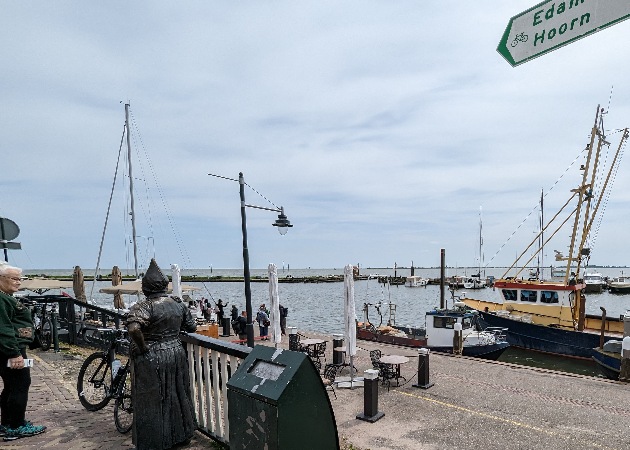
She was pleasant enough but not very talkative.
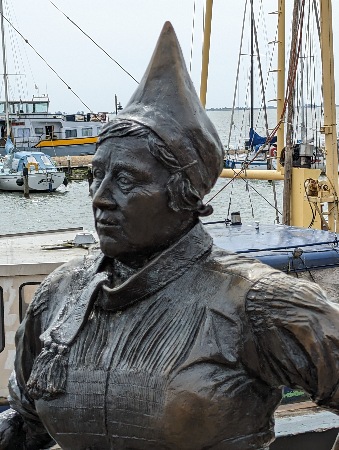
Shops of all kinds.
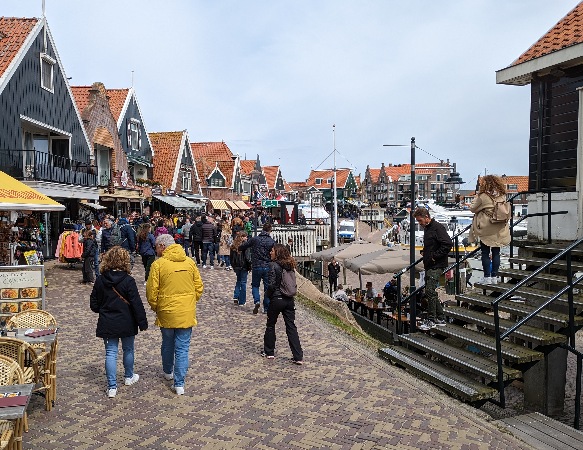
A ship that looks like it is from several hundred years ago when the dutch were a major seafaring power.

Ready for desert?
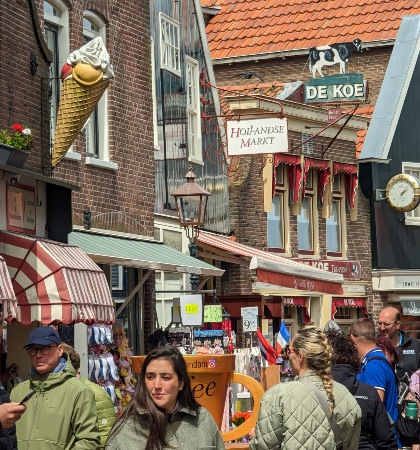
Do you want a hundred pounds of cheese?

A walk along the beach or a sail on the ??????
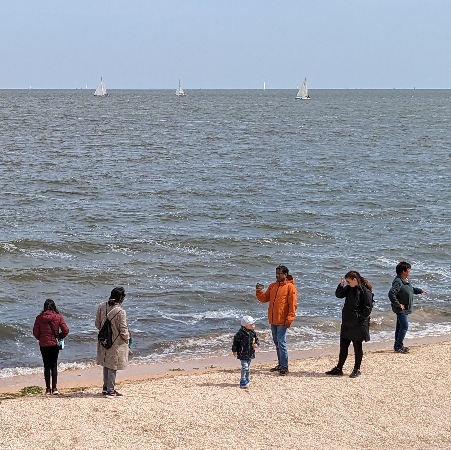
Cars and boats are both common so drawbridges are essential.
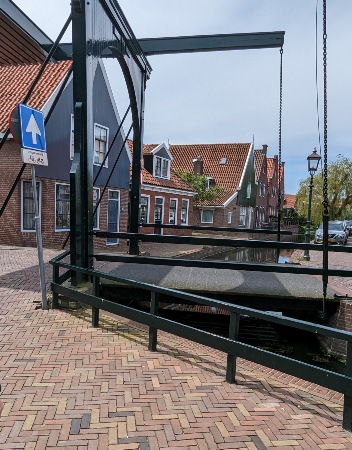
Homes along a canal.
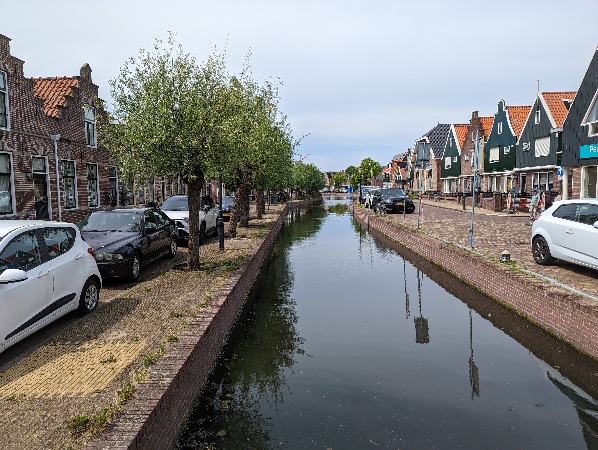
Thank you for visiting